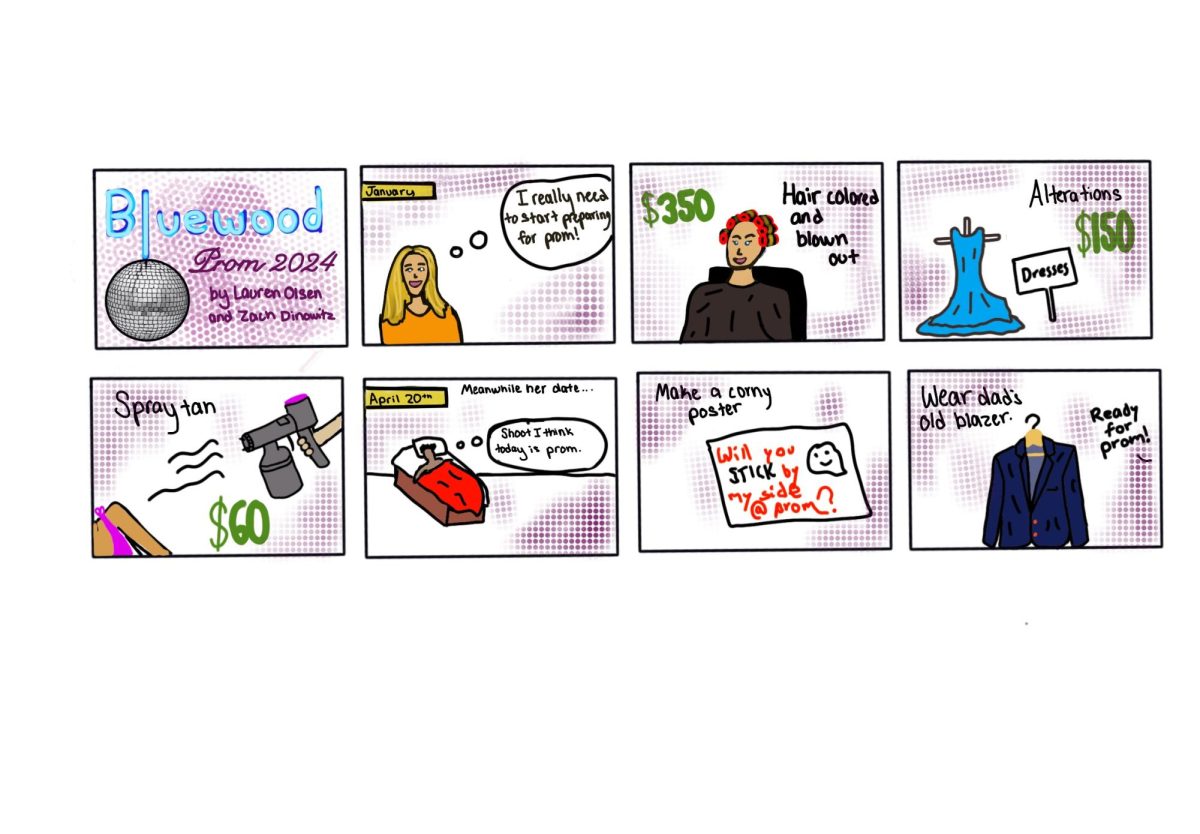Today, the digital divide among Americans can be seen in the one environment where all students should be

given equal opportunity to grow and to attain their goals: the classroom.
According to the New York Times, an estimated five million families do not have access to the Internet and are suffering the consequences of their children’s impaired education.
Education has become more dependent on technology: students must be able to access teachers’ websites to find study guides, check their grades, and view homework assignments. Students who do not have access to technology are at a disadvantage, which is detrimental to their learning.
This issue has become known as the “homework gap,” because students who do not have access to the Internet at home often struggle to successly complete their homework, which hurts their test scores and ability to learn efficiently.
Technological advances education in America in many ways, and allows teachers to explore new frontiers with students instead of following traditional lesson plans. However, it is vital that we acknowledge and make efforts to fix the strain that the increase of technological dependence in classrooms has created for low-income families across America.
I have witnessed times at Redwood where teachers and administration have wrongfully assumed that all students have access to smartphones and other technological means.
In many of my classes, when students need to use a calculator or want to look up a definition and there are no calculators or dictionaries in the classroom, teachers often tell students to “just look it up on your phones.”
During Homecoming Week, administration at Redwood asked students to vote for their Homecoming King and Queen on their phone via a website link on the Redwood website. Students who did not own a smartphone were not able to vote with the rest of the class, unless they asked the teacher in front of all their peers to use a classroom computer or iPad.
Students who do not have access to smartphones should not have to feel shame during class, and the administration needs to be ready to provide easy alternatives for low-income students.
According to the New York Times, 7 in 10 teachers now assign homework that requires web access. For students who do not have Internet or cellular data service at home, this creates a huge strain.
Especially in subjects that build off previous material such as mathematics, it is vital for all students to all have equal opportunities to do homework every night, so they can be successful in their test taking and overall learning experience.
Both the Federal Communications Commission and the Obama administration proposed subsidy programs that would expand free and affordable broadband into low-income homes.
The Federal Communications Commission has created a government benefits program called Lifeline that subsidizes telephone subscriptions and, if expanded upon as the committee is pushing for, will cover broadband for low-income homes.
While government action is a start to fixing this national issue, teachers also need to realize the limitations of students and assist students in finding manageable alternatives to web-based homework.
The classroom should be a healthy and accepting environment that promotes advancement and cultivation of learning. No student should ever struggle to keep up in school and suffer consequences in their education due to their lack of access to smart phones and/or the internet.
As students, we need to be mindful of the fact that not everyone has access to technology, and teachers need to remember that no student should be left behind in the classroom as a result of the growing digital divide.
















